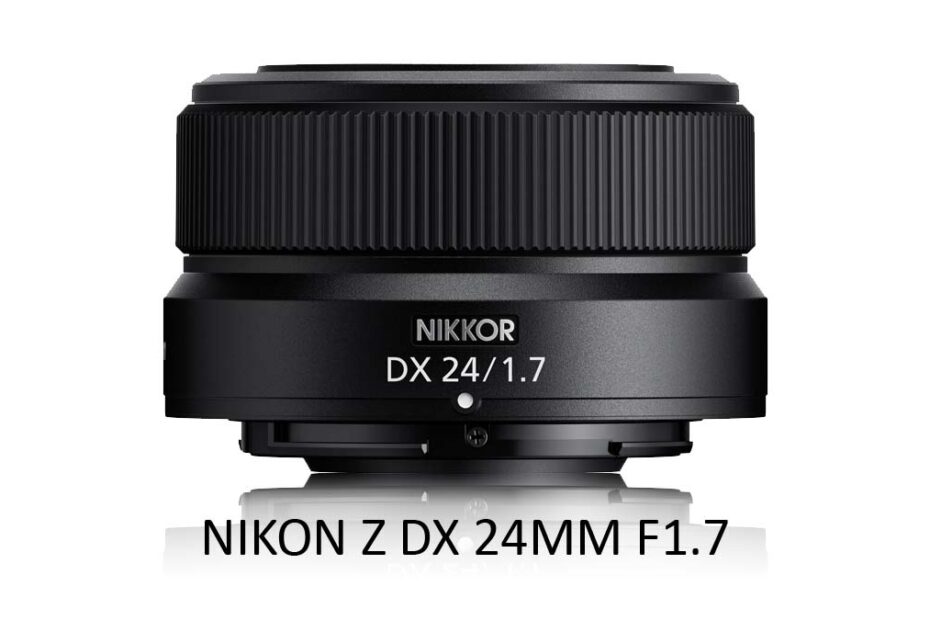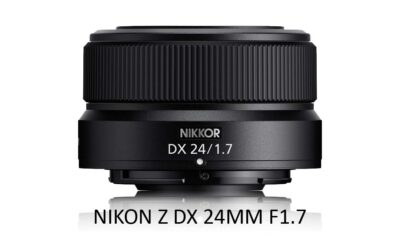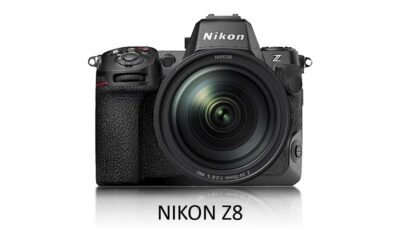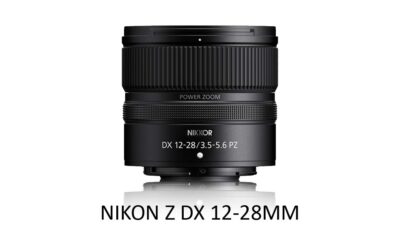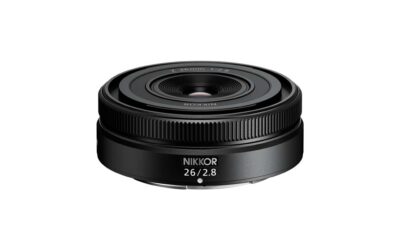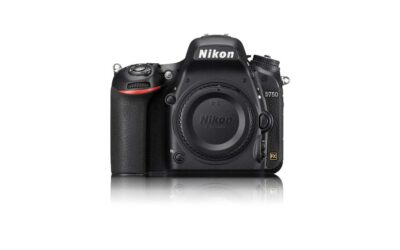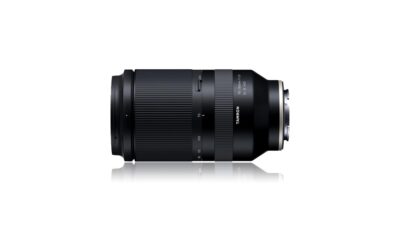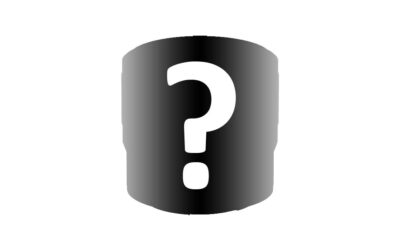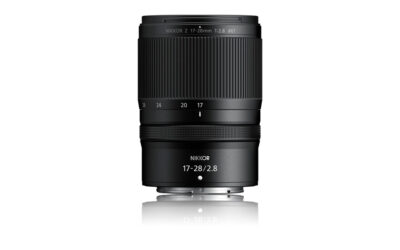The Nikon Z DX 24mm F1.7 is a fast-aperture affordable 24mm lens for Nikon DX mirrorless cameras such as the Nikon Zfc, Z50, and Z30.
With its compact dimensions, bright F1.7 aperture, and versatile 61-degree angle-of-view, the Nikon Z DX 24mm F1.7 might be the everyday lens you’ve been waiting for. Jump to Conclusion.
Shop Nikon Z DX 24MM F1.7


Nikon Z DX 24mm F1.7 – Contents
What is the Nikon Z DX 24mm F1.7
Focal Length
The Nikon Z DX 24mm F1.7 is a prime lens, which, in other words, means it does not zoom. Instead, the Nikon 24mm DX serves up a constant 61-degree angle-of-view, similar to a 35mm lens on a full-frame camera. Read What is Focal Length in Photography.
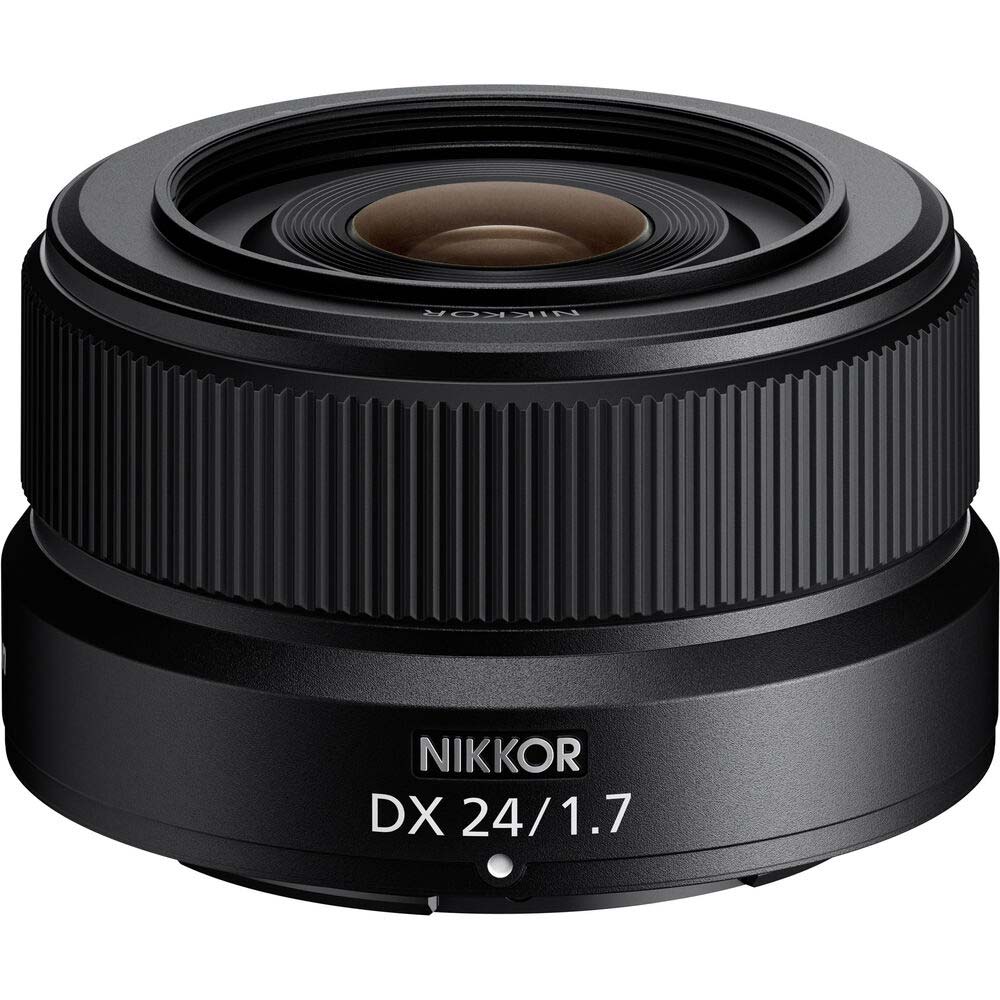
Broadly speaking, this means the Nikon Z DX 24mm is a good choice for group photos, environmental portraits, and street and journalistic-style photography. Read 35mm vs 50mm lens for more information.
Aperture
The Nikon Z DX 24mm sports a slightly faster-than-usual F1.7 aperture – meaning it’s a little more than 10% brighter than a typical F1.8 lens and more than four times brighter than a typical kit lens dialed to a similar 24mm focal length. Read What is Aperture in Photography.
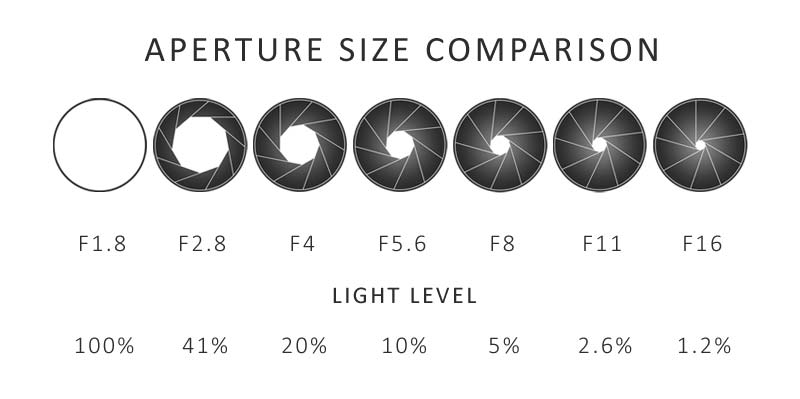
Because the lens is so much brighter, the Nikon 27mm F1.7 is a good choice for low-light photography or for taking sharp pictures of moving subjects.
Furthermore, the Nikon’s F1.7 aperture offers decent potential for background blur. However, I recommend pursuing a longer focal length if background blur is a priority.

Focus
The Nikon Z DX 24mm can focus as close as 18cm, resulting in an unremarkable magnification of 019x. As a result, the Nikon 24mm DX is a poor choice for taking large photos of smaller things.
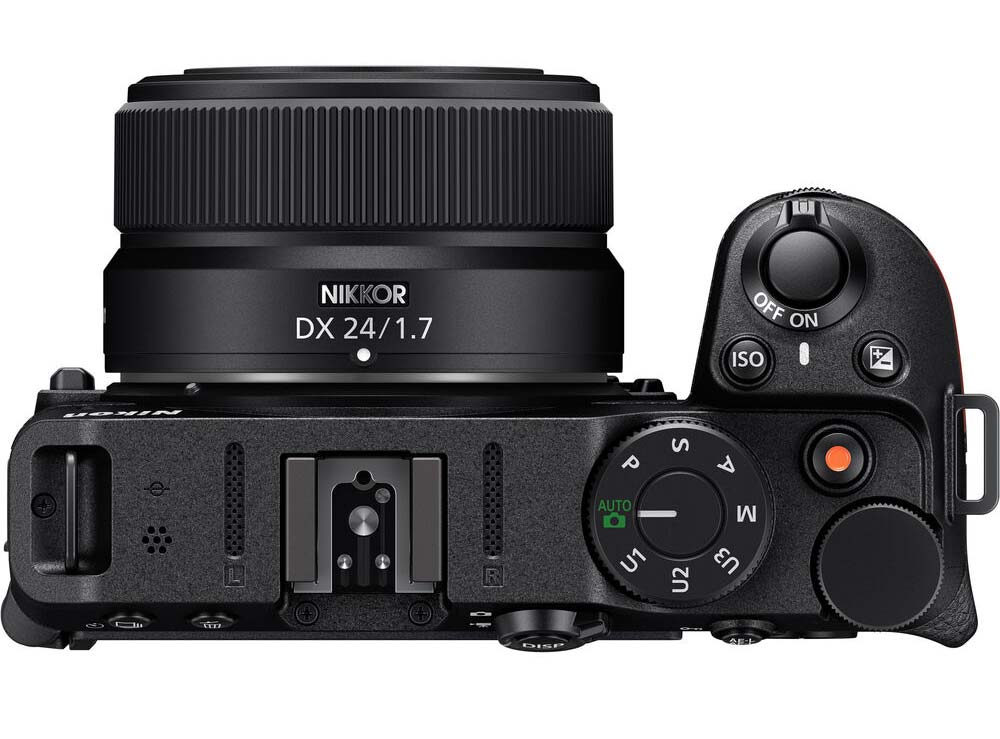
However, the Nikon DX 24mm is corrected for focus breathing and enjoys a quiet autofocus motor. As a result, the Nikon Z DX 24mm will be a somewhat functional choice for video shooters.
Features
Featurewise, the Nikon Z 24mm is pretty bare. Specifically, there’s no AF/MF switch or customizable control ring. Nor is there any optical image stabilization – a shame, given none of Nikon’s Z DX cameras feature in-body image stabilization.
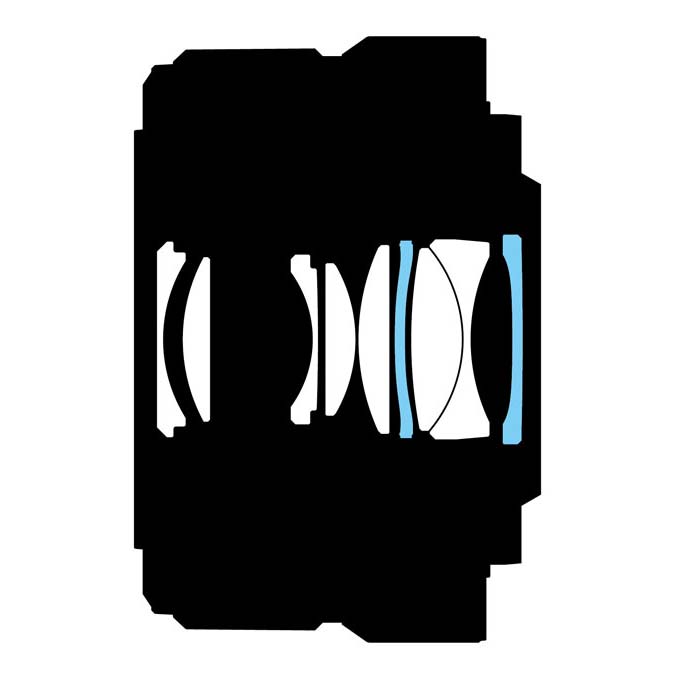
On the upside, the Nikon Z 24mm does come with some environmental sealing, with Nikon offering an entirely unspecified level of dust and drip resistance. Thus, keeping the Z 24mm F1.7 away from dust and drips might be best.
Compatibility
The Nikon Z DX 24mm F1.7 is a DX lens. This means it is limited to providing an image to Nikon cameras with smaller APS-C sensors, such as the Nikon Z50, Z30, and Zfc.
Yet the Nikon Z DX 24mm will function on a full-frame camera, but due to the smaller projected image, you’ll only be using the central portion of your full-frame camera’s sensor. For instance, if you used the Nikon Z DX 24mm F1.7 on a 24-megapixel Nikon Z6, you’d only capture 10-megapixel images.
However, you cannot mount the Nikon Z 24mm F1.7, or any other Nikon Z lens, to a Nikon DSLR. I strongly recommend the Nikon AF-S DX 35mm F1.8G if you own a Nikon DX DSLR.
Nikon Z DX 24mm F1.7 Image Quality
The Nikon Z DX 24mm F1.7 is likely to deliver a level of image quality that vastly exceeds its modest price. Looking at the MTF charts, at F1.7, the Nikon 24mm DX is extremely sharp at the center while progressively fading out towards the corners. However, setting the lens to a smaller aperture should improve image quality across the entire frame.
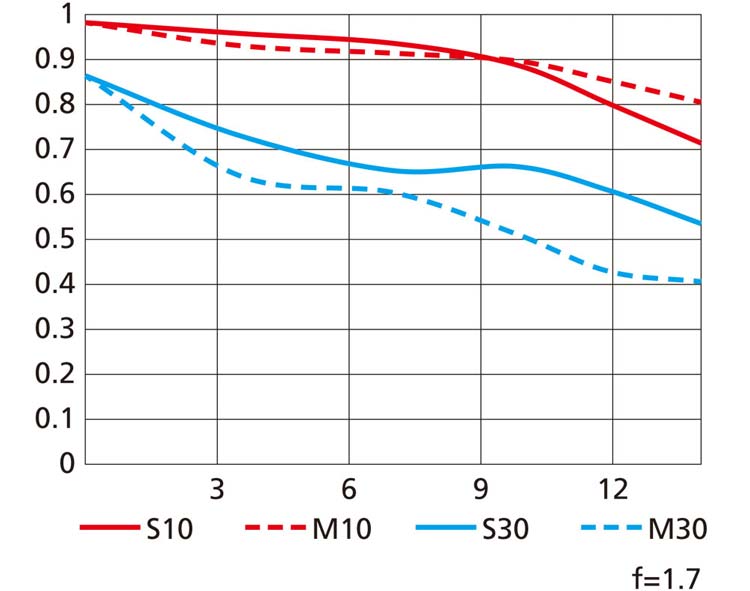
Nikon Z DX 24mm F1.7 Compared
| Specifications | Nikon Z 26mm F2.8 | Nikon Z 28mm F2.8 | Nikon Z DX 24mm F1.7 |
|---|---|---|---|
| Price (US$) | $499 | $299 | $275 |
| Focal length | 26mm | 28mm | 24mm |
| Angle of view | 79 Degrees | 75 Degrees | 61 Degrees |
| Maximum aperture | F2.8 | F2.8 | F1.7 |
| Minimum aperture | F16 | F16 | F11 |
| Diaphragm blades | 7 Rounded Blades | 7 Rounded Blades | 7 Rounded Blades |
| Lens construction | 8 Elements in 6 Groups | 9 Elements in 8 Groups | 9 Elements in 8 Groups |
| Optical Image Stabilization | No | No | No |
| Minimum focus distance | 20cm | 19cm | 19cm |
| Maximum reproduction ratio | 0.19x | .2x | .19x |
| Filter-attachment size | 52mm | 52mm | 46mm |
| Dimensions (approx) | 70mm x 23.5mm | 70mm x 43mm | 70mm x 40mm |
| Weight (approx) | 125g | 155g | 135g |
Nikon Z DX 24mm F1.7 vs Nikon 26mm F2.8 Pancake lens
The Nikon Z 26mm F2.8 lens can make even the Nikon DX 24mm look bloated. Furthermore, as a full frame lens, the Nikon Z 26mm is fully compatible with cameras such as the Nikon Z5, Z6, Z7, Z8, and Z9.
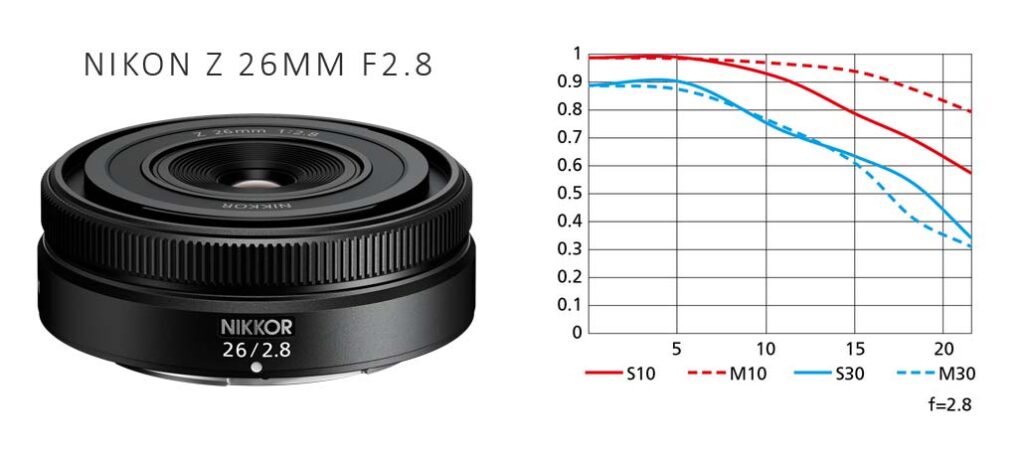
However, the Nikon Z 26mm is considerably more expensive than the Nikon Z DX 24mm while offering only comparable image quality. More significantly, the Nikon Z 26mm suffers a much slower F2.8 aperture passing three times less light than the cheaper Nikon DX 24mm F1.7.
Finally, the pancake’s longer focal length produces a narrower angle of view (39mm equivalent) than the 24mm DX. While I prefer the longer focal length – you may not. Overall, the Nikon DX 24mm F1.7 is a far more sensible choice if you have a DX camera.
Nikon Z DX 24mm F1.7 vs Nikon Z 28mm F2.8
The Nikon Z DX 24mm F1.7 and the Nikon Z 28mm F2.8 cost about the same, despite the Nikon Z 28mm F2.8 being a Full Frame lens. Plus, the Nikon 28mm’s longer focal length will serve a DX camera with a narrower angle of view, similar to that of a full-frame 42mm lens. I find this preferable; you may not.
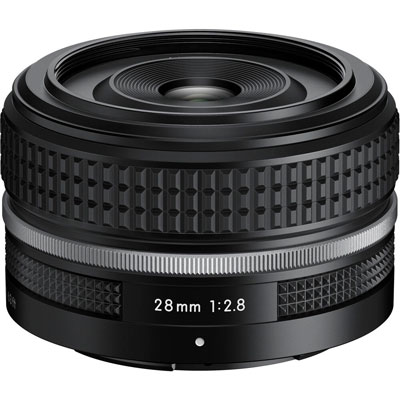
However, the Nikon Z DX 24mm’s faster F1.7 aperture means it can pass up to three times more light than the Nikon 28mm’s F2.8 aperture. As a result, the Nikon Z DX 24mm is a better low-light option and better able to blur your subject’s background.
Nikon Z DX 24mm F1.7 vs Nikon Z DX 16-50mm F3.5-5.6 Kit lens
Perhaps the most valid comparison is between the Nikon Z DX 24mm and the Nikon Z DX 16-50mm kit lens that you may have already bought with your camera. Broadly speaking, this is a generic prime vs zoom lens comparison, but there are some specific points you might consider.
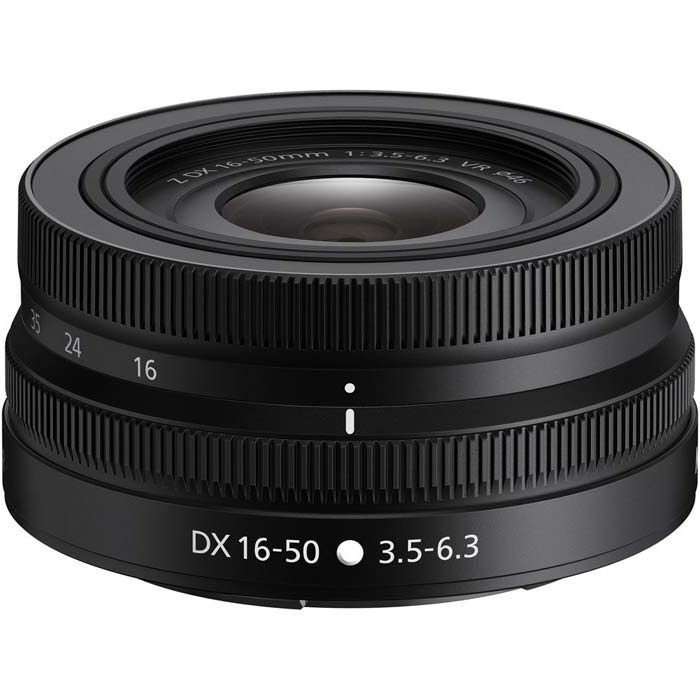
First, both lens share similar dimensions and weight – yet the Nikon Z DX 16-50mm offers a vastly superior range of focal lengths, making it far more versatile. Furthermore, the Nikon Z DX 16-50mm has up to 4.5 stops of optical image stabilization which aids smooth video and shooting with prolonged light-soaked shutter speeds.
In contrast, the Nikon Z 24mm F1.7 does not have image stabilization, but it does have a larger F1.7 aperture which passes at least four times as much light as the zoom. This is ideal for taking sharp photos of moving subjects – something image stabilization cannot help you with.
Furthermore, the Nikon Z 24mm F1.7 large aperture will render superior background blur for better subject-background separation – thus lending a 3D-like aesthetic that will enhance the visual impact of your photo.
Choosing between these two lenses is difficult and depends on your use case and preference. For video, I recommend the wider, optically stabilized DX 16-50. And if you only want to own one lens, the DX 16-50mm will be more useful, more often. But, when it comes to everyday photography, I’d prefer the background-blurring Nikon DX 24mm F1.7.
Get Discounts on Photo Editing Software
Subscribe to my weekly newsletter and be notified of deals and discounts on photography software from ON1, Adobe, Luminar, and more. Spam Promise: Just one email a week, and there’s an unsubscribe link on every email.
Conclusion
The Nikon Z 24mm DX F1.7 is a welcome addition to the Nikon Z DX lens lineup. It’s small, affordable, and perhaps, the only DX lens that will get the best out of your Nikon DX’s APS-C sensor.
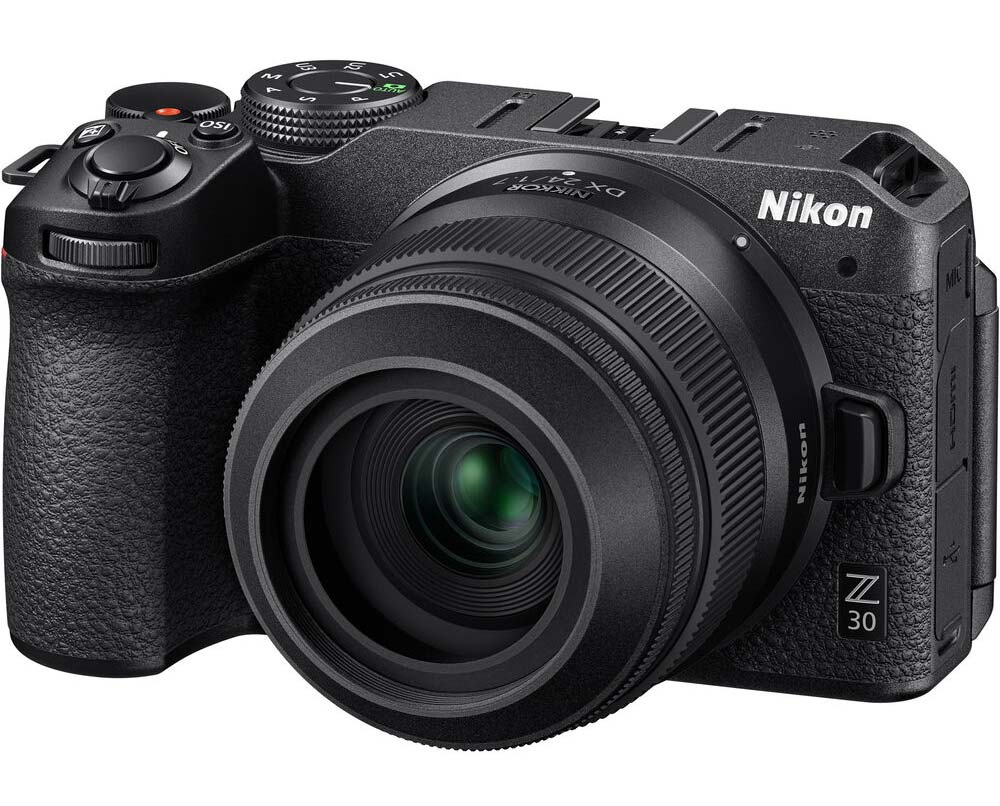
Yet, there is a problem with the Nikon Z DX 24mm F1.7. Specifically, the lack of optical image stabilization. This is particularly problematic given that Zfc, Z50, and Z30 all lack in-body image stabilization. As a result, it will be challenging to capture smooth handheld video footage with the Nikon 24mm F1.7 DX or dip into super-slow light-soaked shutter speeds for photography.
For this reason, the performance envelope between the Nikon Z DX 24mm and the optically stabilized Nikon Z DX 16-50mm is reduced to the point where the zoom will take better quality images in some circumstances.
However, the Nikon Z DX 24mm does have a differentiator in its sizeable F1.7 aperture. First, having such a large bright aperture means you can get more light at faster shutter speeds – ideal for capturing sharp photos of faster subjects. Second, you get the benefit of background blur – an attractive asset that the kit Zoom cannot touch.
Therefore, if you already have a versatile zoom lens, the Nikon Z 24mm F1.7 DX makes for an ideal high-performance companion lens when you can trade versatility for background blur and image quality.
Shop Nikon Z DX 24MM F1.7


